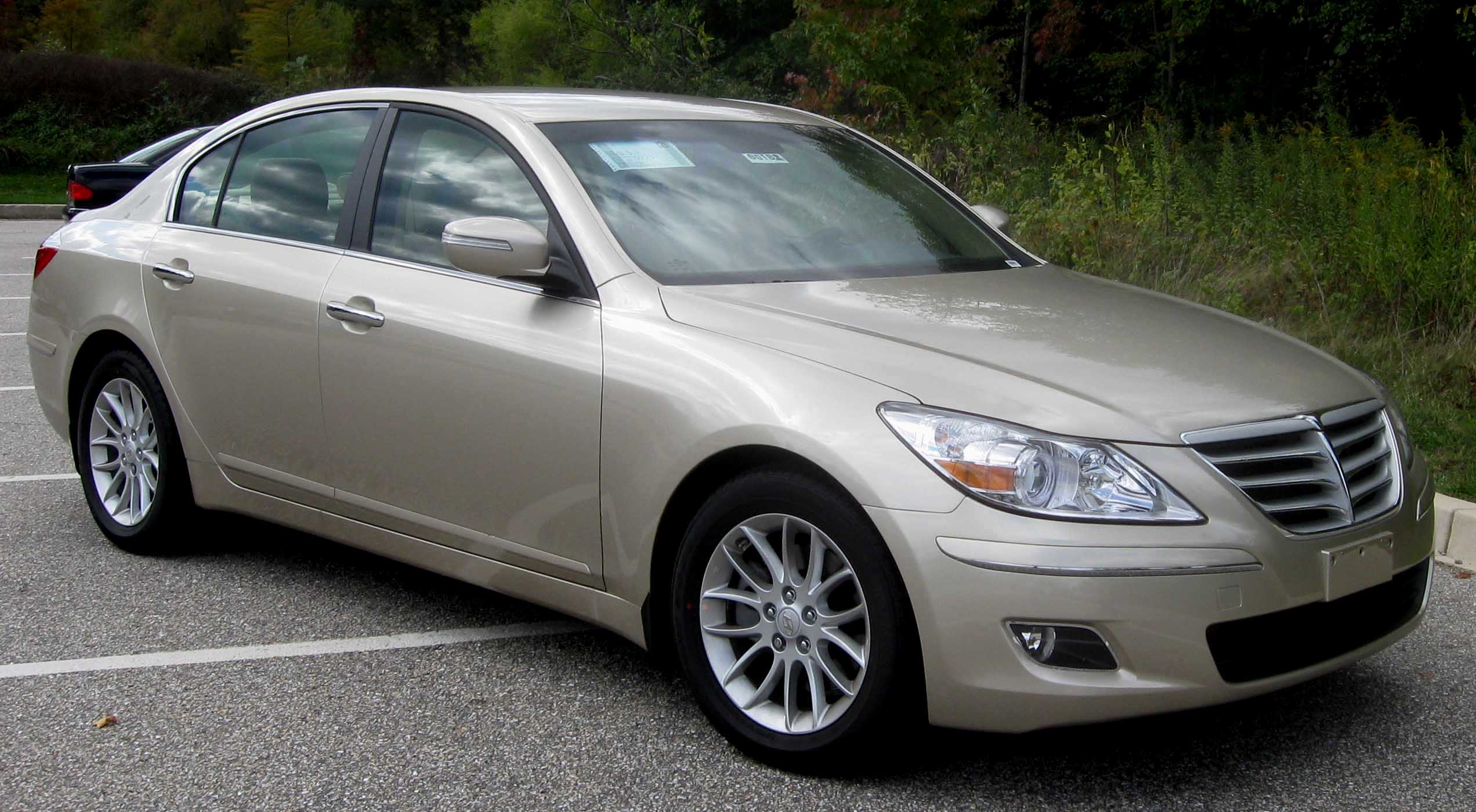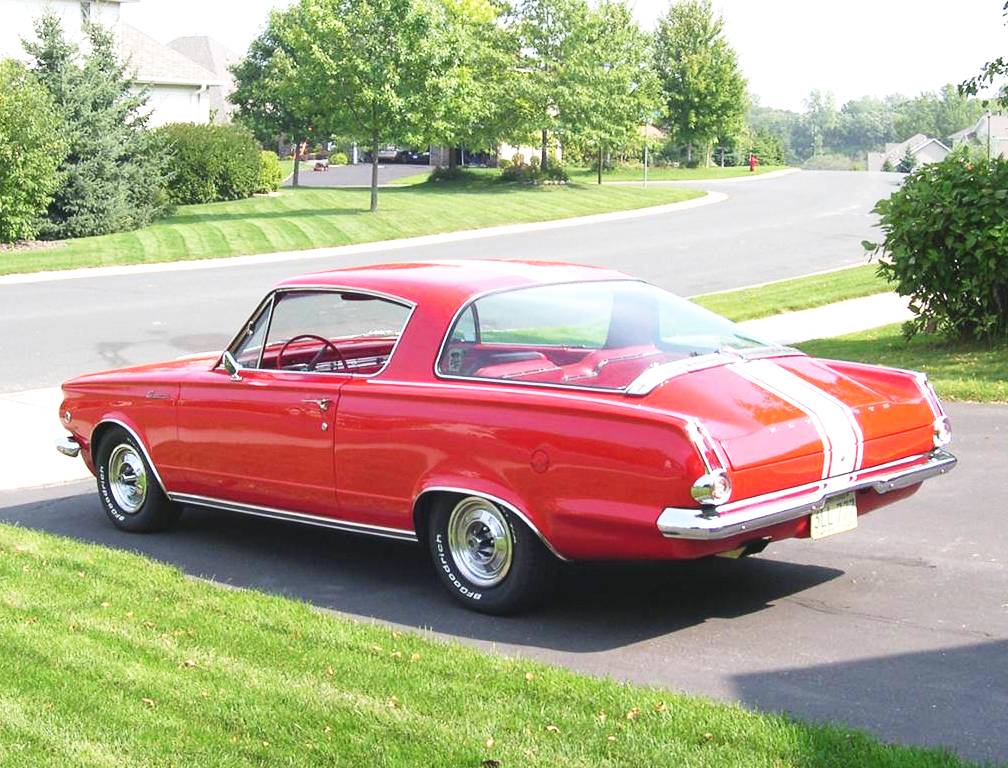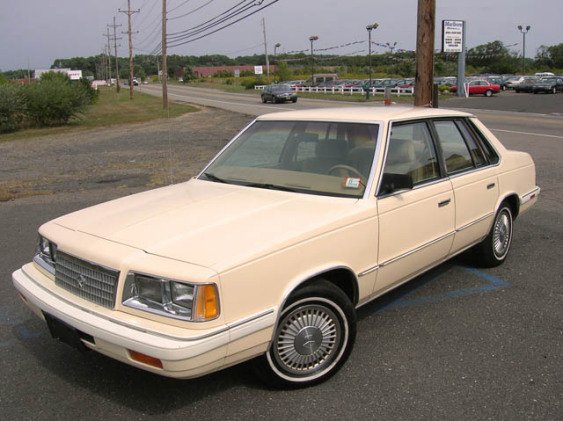|
Chrysler E Platform
The Chrysler E platform referred to two separate and unrelated car ranges. The "E" designation was initially used for the following rear wheel drive cars in the 1970s: * 1970–1974 Dodge Challenger, wheelbase * 1970–1974 Plymouth Barracuda, {{convert, 108, in, 0, adj=on wheelbase The designation was later used for an extended version (hence "E") of the front wheel drive Chrysler K platform during the 1980s for the following cars: * 1983–1988 Dodge 600 * 1985–1988 Plymouth Caravelle * 1983–1984 Chrysler E-Class * 1983–1987 Chrysler New Yorker * 1988 Chrysler New Yorker Turbo * 1983–1986 Chrysler Executive The Chrysler Executive was a car offered by the American automobile producer Chrysler (division), Chrysler from 1983 through 1986 during the malaise era of American automobile manufacture. The Executive was a stretched version of the Chrysler LeBa ... See also * Chrysler platforms E ... [...More Info...] [...Related Items...] OR: [Wikipedia] [Google] [Baidu] |
Rear Wheel Drive
Rear-wheel drive (RWD) is a form of engine and transmission layout used in motor vehicles, in which the engine drives the rear wheels only. Until the late 20th century, rear-wheel drive was the most common configuration for cars. Most rear-wheel drive vehicles feature a longitudinally-mounted engine at the front of the car. Layout The most common layout for a rear-wheel drive car is with the engine and transmission at the front of the car, mounted longitudinally. Other layouts of rear-wheel drive cars include front-mid engine, rear-mid engine, and rear-engine. Some manufacturers, such as Alfa Romeo, Lancia, Porsche (944, 924, 928) and Chevrolet (C5, C6, and C7 Corvettes), place the engine at the front of the car and the transmission at the rear of the car, in order to provide a more balanced weight distribution. This configuration is often referred to as a transaxle since the transmission and axle are one unit. History 1890s to 1960s Many of the cars built in the 19th cent ... [...More Info...] [...Related Items...] OR: [Wikipedia] [Google] [Baidu] |
Dodge Challenger
The Dodge Challenger is the name of three generations of automobiles produced by the American automobile manufacturer Dodge. However, the first use of the Challenger name by Dodge dates back to 1959 for marketing a "value version" of the full-sized Coronet Silver Challenger. From model years 1970 to 1974, the first-generation Dodge Challenger pony car was built using the Chrysler E platform in hardtop and convertible body styles sharing significant components with the Plymouth Barracuda. The second generation, from model years 1978 to 1983, was a rebadged Mitsubishi Galant Lambda / Sapporo, a coupe version of an economical compact car. The third and current generation is a full-size muscle car that was introduced in early 2008 initially as a rival to the evolved fifth generation Ford Mustang and the fifth generation Chevrolet Camaro. In November 2021, Stellantis announced that the 2023 model year would be the final model year for both the LD Dodge Charger and LA Dodge ... [...More Info...] [...Related Items...] OR: [Wikipedia] [Google] [Baidu] |
Plymouth Barracuda
The Plymouth Barracuda is a two-door pony car that was manufactured by Chrysler Corporation from 1964 through 1974 model years. The first-generation Barracuda was based on the Chrysler A platform, Chrysler A-body and was offered from 1964 until 1966. A two-door hardtop (no B-pillar) fastback design, it shared a great majority of parts and bodywork with the Plymouth Valiant, except for the distinctive wraparound rear glass. The second-generation Barracuda, though still Valiant-based, was heavily redesigned. Built from 1967 through 1969, it was available as a two-door in fastback, notchback, and convertible versions. The third generation, offered from 1970 until 1974, was based on the Chrysler E platform, Chrysler E-body, exclusive to it, and the slightly larger Dodge Challenger (1970), Dodge Challenger. A completely new design, the two-door Barracuda was available in hardtop and convertible body styles. First generation (1964–1966) 1964 During the development of the Barrac ... [...More Info...] [...Related Items...] OR: [Wikipedia] [Google] [Baidu] |
Front Wheel Drive
Front-wheel drive (FWD) is a form of internal combustion engine, engine and transmission (mechanics), transmission layout used in motor vehicles, in which the engine drives the front wheels only. Most modern front-wheel-drive vehicles feature a transverse engine, rather than the conventional longitudinal engine arrangement generally found in automobile layout#Rear wheel drive layouts, rear-wheel-drive and four-wheel drive, four-wheel-drive vehicles. Location of engine and transmission By far the most common layout for a front-wheel-drive car is with the engine and transmission at the front of the car, mounted transversely. Other layouts of front-wheel drive that have been occasionally produced are a front-engine mounted longitudinally, a mid-engine layout and a rear-engine layout. History Prior to 1900 Experiments with front-wheel-drive cars date to the early days of the automobile. The world's first self-propelled vehicle, Nicolas-Joseph Cugnot's 1769/1770 Nicola ... [...More Info...] [...Related Items...] OR: [Wikipedia] [Google] [Baidu] |
Chrysler K Platform
The K-car platform was a key automotive design platform introduced by Chrysler Corporation for the 1981 model year, featuring a transverse engine, front-wheel drive, independent front and semi-independent rear suspension configuration—a stark departure from the company's previous reliance on solid axle, rear-drive unibody configurations during the 1970s. Derived from Chrysler's L-cars, the Plymouth Horizon and Dodge Omni, the platform was developed just as the company faltered in the market, at first underpinning a modest range of compact/mid-size sedans and wagons—and eventually underpinning nearly fifty different models, including all-wheel drive variants—and playing a vital role in the company's subsequent resurgence. Common platforms The use of a common platform is a widely used practice for reducing the number of parts and engineering time. Before creating the K platform, Chrysler was building vehicles on a small number of common platforms (e.g. F/L/J/M and R), but ... [...More Info...] [...Related Items...] OR: [Wikipedia] [Google] [Baidu] |
Dodge 600
The Dodge 600 is a mid-size car that was sold by Dodge from the 1983 to 1988 model year. Serving as the replacement of the Dodge 400 coupe and convertible, the 600 also included a four-door sedan. Within the Dodge car line, the 600 was slotted between the Dodge Aries (later, the Dodge Lancer) and the Dodge Diplomat. The 600 coupe/convertible used the Chrysler K platform, shared with the Chrysler LeBaron; the four-door used the Chrysler E platform, an extended-wheelbase variant of the K platform. The 600 was a counterpart of the Plymouth Caravelle, the Chrysler E-Class, and the 1983–1988 Chrysler New Yorker. Chrysler assembled the 600 four-door at Jefferson Avenue Assembly (Detroit, Michigan) and the two-door/convertible at Saint Louis Assembly (Fenton, Missouri). For 1989, the 600 was replaced by the Dodge Dynasty in the United States; in Canada (where the Dynasty were badged as a Chrysler), the 600 was replaced by the Dodge Spirit. Debut The 600 was intende ... [...More Info...] [...Related Items...] OR: [Wikipedia] [Google] [Baidu] |
Plymouth Caravelle
The Plymouth Caravelle is a mid-size sedan that was introduced by Plymouth as a 1983 Canadian model. The Caravelle came to the United States in 1985 to replace the Chrysler E-Class. It was essentially identical to the concurrent Dodge 600. It was replaced by the Plymouth Acclaim in 1989. The Caravelle was Plymouth's first front wheel drive mid-size sedan. The name of the vehicle was inspired by the word Caravel, a 15th-century sailing ship used by the Portuguese; the ship was noted for its speed and agility. United States For 1985, the Chrysler brand dropped its unsuccessful entry-level variant of the E platform, the Chrysler E-Class (the idea of a more mainstream Chrysler was not well received by consumers). Even though the Dodge 600 was mainstream, Dodges were not generally sold with Chryslers, so rather than only having the upscale New Yorker on Chrysler-Plymouth dealer lots, the former E-Class was given a new grille and rebranded as a Plymouth and thus the U.S. Caravel ... [...More Info...] [...Related Items...] OR: [Wikipedia] [Google] [Baidu] |
Chrysler E-Class
The Chrysler E-Class was a mid-size car produced by Chrysler. Introduced in 1983 on a stretched version of the Chrysler K platform, the E-Class was a less expensive, less equipped version of the similar 1983 New Yorker. History The Chrysler E-Class was targeted at those who wanted Chrysler luxury at a more affordable price than the flagship New Yorker. Due to this reason, the E-Class is the ''de facto'' replacement for the 1981 Newport, which had been Chrysler's cheaper, more basic version of the New Yorker. The E-Class was originally to be called the "Grand LeBaron", however Chrysler decided to name it "E-Class" in reference to the new E-platform. The E-Class came with a number of features and options including a cassette player, split 50/50 front bench with middle seat mounted console, woodgrain interior trim, two-tone exterior paint, power window & door locks, and air conditioning. Engines were the 2.2 L naturally aspirated I4 and the Mitsubishi 2.6 L I4. 1984 sa ... [...More Info...] [...Related Items...] OR: [Wikipedia] [Google] [Baidu] |
Chrysler New Yorker
The Chrysler New Yorker is an automobile model produced by Chrysler (division), Chrysler from 1940 until 1996, serving for several decades as either the brand's flagship model or as a junior sedan to the Chrysler Imperial, the latter during the years in which the Imperial name was used within the Chrysler lineup rather than as a standalone brand. A trim level named the "New York Special" first appeared in 1938, while the "New Yorker" name debuted in 1939. The New Yorker helped define the Chrysler brand as a maker of upscale models that were priced and equipped to compete against upper-level models from Buick, Oldsmobile, and Mercury automobile, Mercury. The New Yorker was Chrysler's most prestigious model throughout most of its run. Over the decades, it was available in several body styles, including sedan, coupe, convertible, and wagon. Until its discontinuation in 1996, the New Yorker was the longest-running American car Nameplate (automotive), nameplate. 1938–1942 The ... [...More Info...] [...Related Items...] OR: [Wikipedia] [Google] [Baidu] |
Chrysler Executive
The Chrysler Executive was a car offered by the American automobile producer Chrysler (division), Chrysler from 1983 through 1986 during the malaise era of American automobile manufacture. The Executive was a stretched version of the Chrysler LeBaron aimed at the then booming market segment of limousines. Chrysler chose to use the stretched wheelbase Chrysler E platform, E-body instead of the Chrysler M platform, M-body platform used by the rear-wheel-drive Chrysler Fifth Avenue#1982–1989: The M-body years, Chrysler Fifth Avenue. The Executive and the 1985–1987 Cadillac Series 75#1985–1987, Cadillac Series 75 were the only factory-offered limousine models during the mid-1980s that both offered front-wheel-drive only. The two original 1982 Chrysler Executive prototypes were finished in dark red with matching vinyl tops, and red cloth interiors. Although fully functional, these two vehicles were for promotional use only and were used in various car shows. History All Execu ... [...More Info...] [...Related Items...] OR: [Wikipedia] [Google] [Baidu] |







